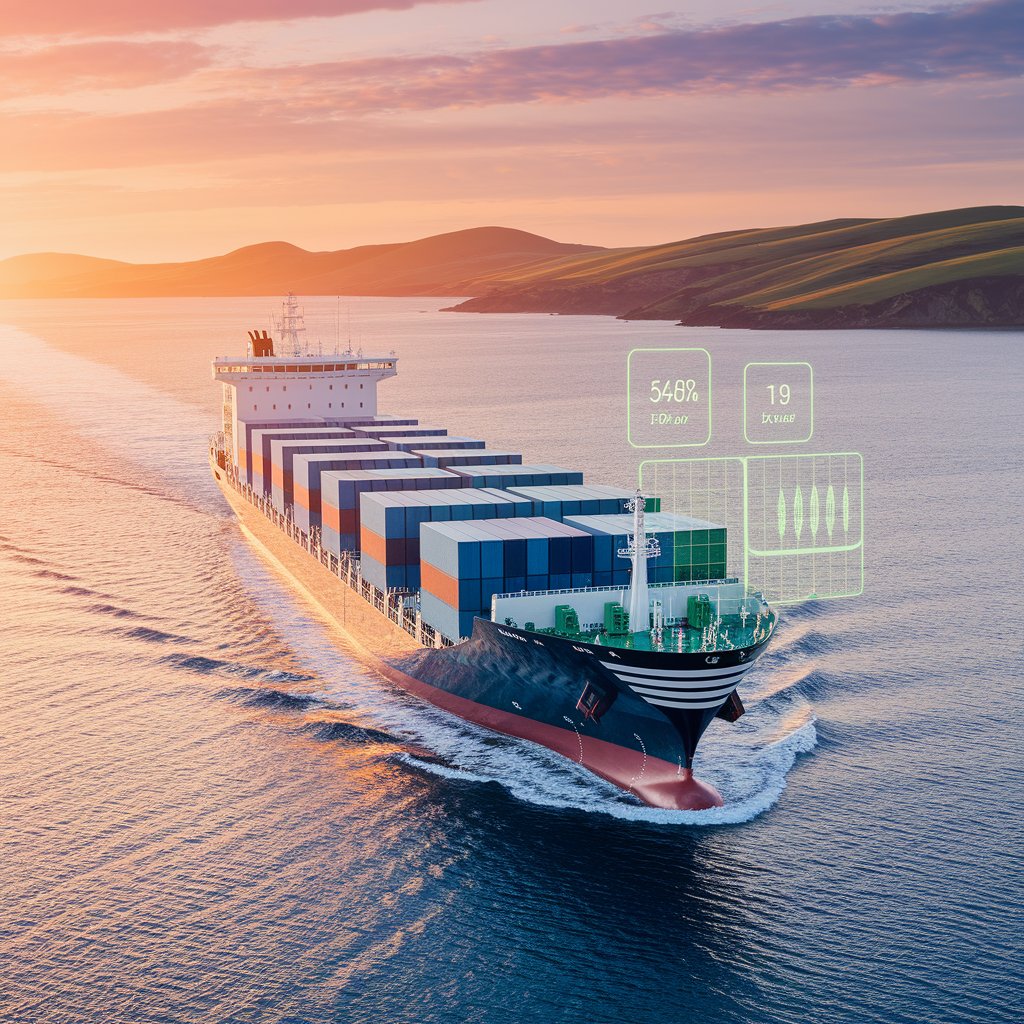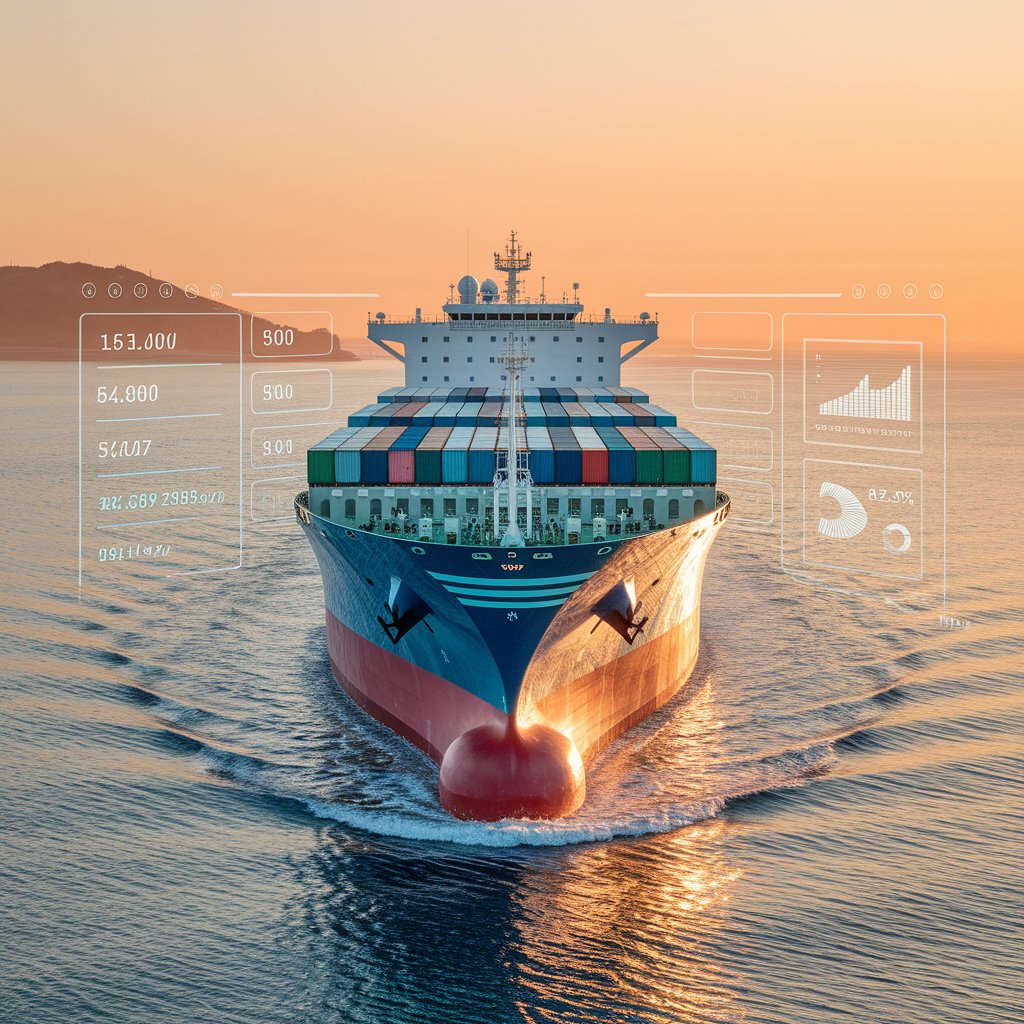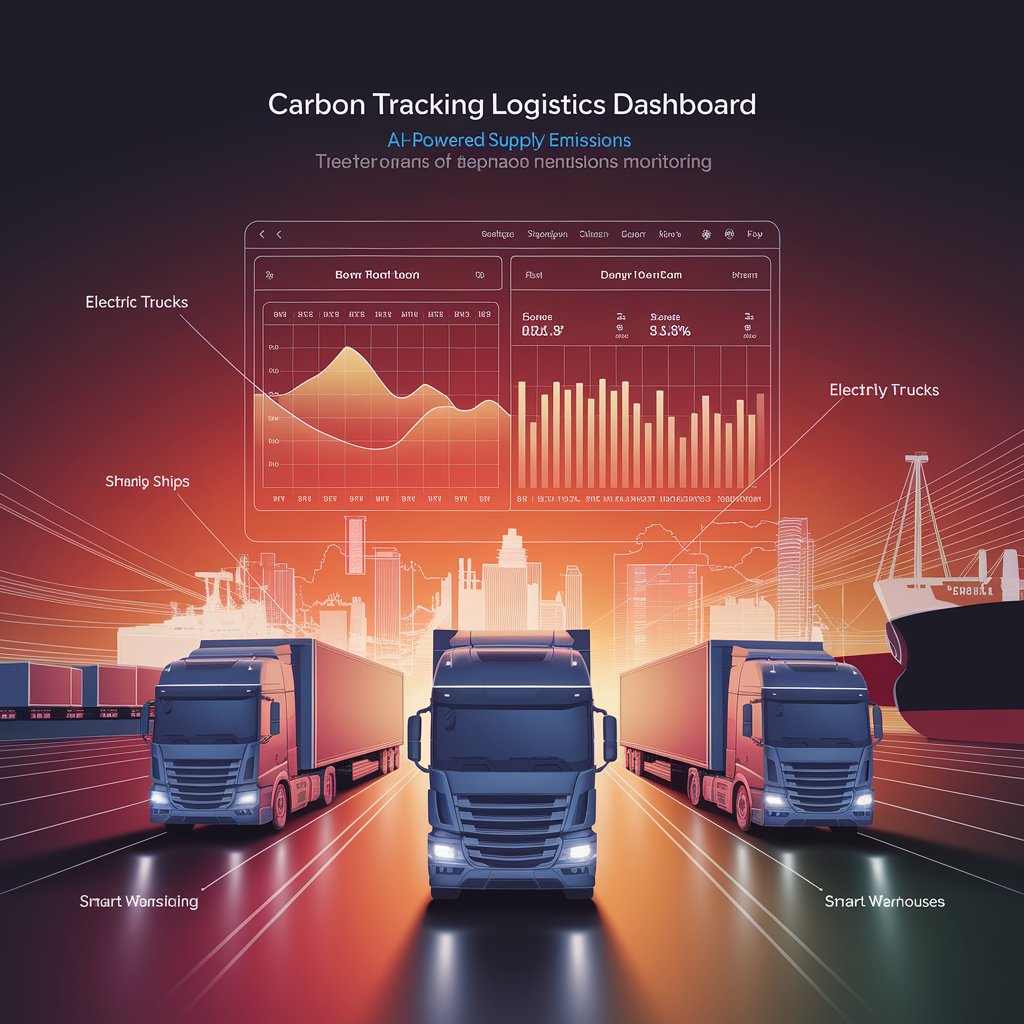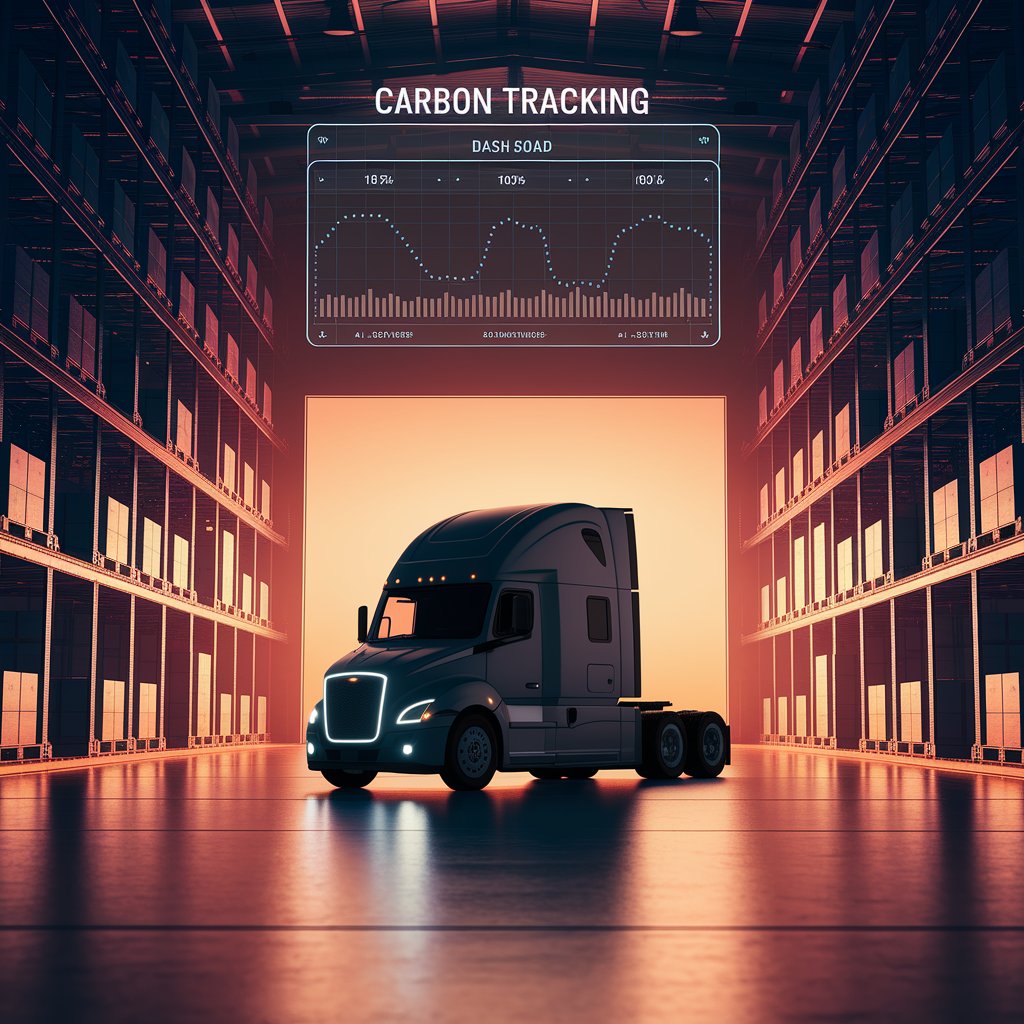Low Emission Shipping: The Future of Sustainable Freight

Introduction
Low emission shipping has emerged as a powerful solution. By leveraging cleaner fuels, smarter vessel designs, and digital optimization tools, the industry is making strides toward reducing its environmental footprint while maintaining efficiency and profitability.
What Is Low Emission Shipping?
Low emission shipping refers to freight transportation methods designed to minimize greenhouse gas emissions. It combines sustainable fuel alternatives, energy-efficient vessels, and smart logistics planning to reduce the environmental impact of maritime trade.
Key elements include:
- Alternative fuels like LNG, biofuels, and green hydrogen
- Energy-efficient ship design for reduced fuel consumption
- Digital route optimization to cut unnecessary miles
- Carbon tracking tools for transparent reporting

Benefits of Low Emission Shipping
Benefit | Impact |
Sustainability | Reduced CO₂ and pollutant output |
Compliance | Meet IMO and government emission targets |
Brand Value | Gain trust from eco-conscious customers |
Cost Savings | Lower long-term fuel and maintenance costs |
Innovation | Lead the industry in green transformation |
Technologies Driving Low Emission Shipping
- Alternative Fuels: LNG, methanol, hydrogen, and biofuels reduce emissions significantly.
- Hybrid & Electric Ships: Battery-powered vessels for short sea routes.
- Wind-Assisted Propulsion: Sails and rotor technologies support engine power.
- IoT & AI Tracking: Real-time fuel and emission monitoring.
- Port Electrification: Shore power reduces emissions while docked.

Real-World Applications
- Maersk’s carbon-neutral ships running on green methanol.
- Port of Rotterdam introducing shore-side electrification for vessels.
- Global carriers testing wind-assisted and hydrogen-based solutions.
These examples show how low emission shipping is already reshaping global trade practices.
Challenges in Low Emission Shipping
- High investment costs for new vessels and infrastructure
- Fuel availability of biofuels and hydrogen at scale
- Regulatory complexity across regions
- Technology readiness for large-scale adoption
Despite these hurdles, progress is accelerating thanks to digital innovation and global sustainability commitments.

Conclusion
Low emission shipping is no longer optional—it is essential for the future of global trade. By adopting cleaner fuels, smarter ship technologies, and AI-powered optimization tools, logistics companies can reduce costs, comply with international standards, and attract eco-conscious customers. The future of shipping is clear: smarter, greener, and lower in emissions.
